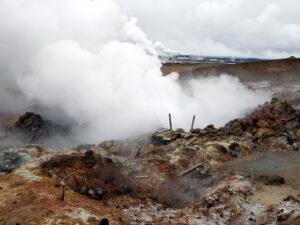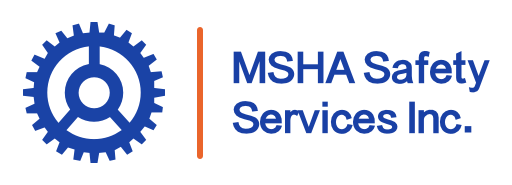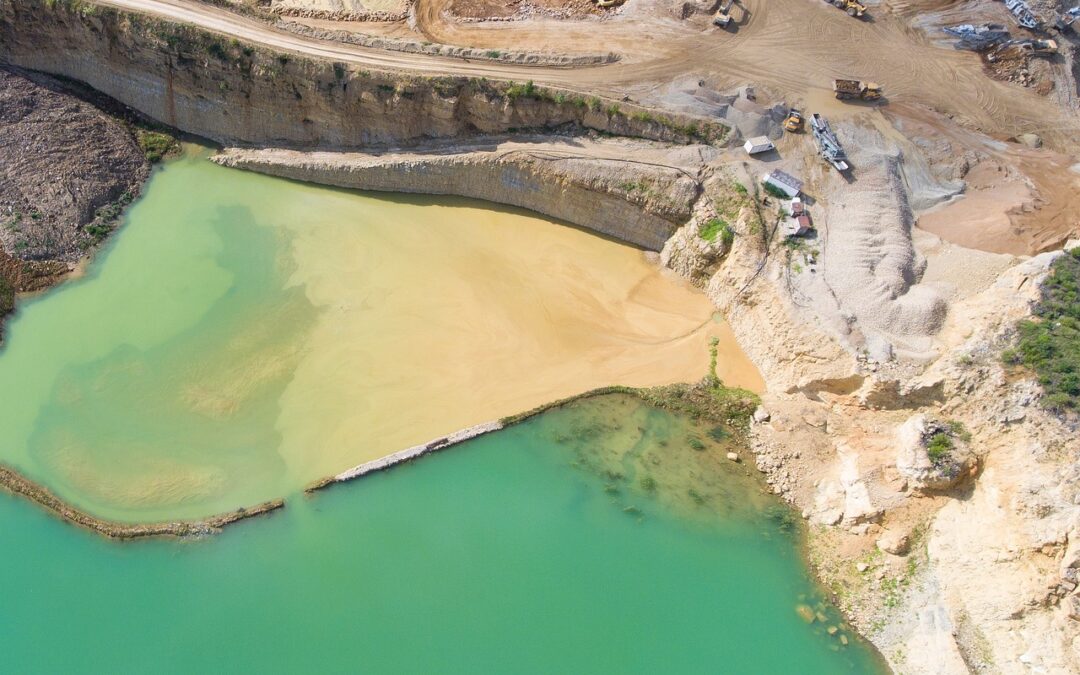Surface mining is one of the most widely used mining methods, offering access to minerals without the need for deep underground operations. However, as with all mining processes, it poses significant risks to worker safety and the environment. The Mine Safety and Health Administration (MSHA) sets regulations to ensure that surface mining activities are conducted safely. In this guide, we’ll dive into surface mining, the processes involved, the hazards it poses, the benefits it offers, and how abiding by MSHA regulations helps mitigate risks.
What is Surface Mining?
Surface mining refers to extracting minerals near the earth’s surface, as opposed to underground mining. It’s commonly used to obtain materials like sand, gravel, and minerals. One of the key differences between surface mining and underground mining is that surface mining involves removing the top layers of the earth to access the minerals beneath, whereas underground mining requires creating tunnels.
Surface mining techniques are often preferred for large deposits near the surface, where it’s more economical to remove the overburden (earth and rock) than it is to mine deep underground.
The Process of Surface Mining
Surface mining follows a straightforward process. The steps include:
- Site Preparation: This involves clearing vegetation, building access roads, and preparing the site for mining.
- Overburden Removal: The topsoil and rock layers are removed to expose the ore or coal seam underneath.
- Extraction: Using heavy machinery, minerals are extracted from the ground.
- Material Handling: After extraction, the material is transported for processing or delivery.
- Reclamation: Once mining is complete, the land is rehabilitated to restore it to a usable condition.
The depth of surface mining operations depends on the location and type of mineral being mined. Surface mines typically range from a few meters to over a hundred meters deep.
Equipment and Techniques Used in Surface Mining
Surface mining relies on heavy machinery designed for earthmoving and mineral extraction. Some commonly used equipment includes:
- Draglines: Large machines that remove the overburden and expose minerals.
- Excavators: Used for digging and removing material from the site.
- Haul Trucks: Transport extracted materials to processing sites.
- Conveyor Systems: Move the mined material across long distances efficiently.
The application of these techniques varies depending on the type of surface mining, such as strip mining, open-pit mining, or mountaintop removal. Each method offers different advantages based on the geographic and geological conditions of the mining site.
Benefits of Surface Mining
Surface mines can benefit society in several ways:
- Economic Growth: They create jobs, both directly in mining operations and indirectly in supporting industries like transportation, equipment manufacturing, and services.
- Resource Extraction: Surface mining provides access to valuable minerals and resources, such as coal, metals, and aggregates, essential for construction and energy production.
- Infrastructure Development: The demand for mined materials supports infrastructure projects, including roads, bridges, and buildings, contributing to overall societal development.
- Tax Revenue: Mining operations can generate significant tax revenue for local and state governments, which can be used for public services like education, healthcare, and infrastructure.
- Energy Production: Surface mines often supply fossil fuels, which are crucial for energy generation, contributing to energy security and economic stability.
- Technological Advances: The mining industry drives innovation and technological development, improving efficiency and reducing environmental impacts over time.
- Community Support: Many mining companies invest in local communities through social programs, education, and health initiatives, fostering better living conditions.
Why Use Surface Mining?
Surface mining offers several advantages, especially in terms of cost and scale. The primary benefits include:
- Cost-Effectiveness: It is often cheaper than underground mining, especially for large, shallow deposits.
- Efficiency: Surface mining allows access to more minerals in a shorter time compared to underground mining.
- Safer Working Conditions: Workers are not exposed to the confined and dangerous conditions that come with deep underground mining.
Surface mining is commonly used in industries such as metal, and non-metal mining.
Differences Between Surface and Underground Mining
The main distinction between surface mining and underground mining lies in how the minerals are accessed. While surface mining removes the layers of earth, underground mining involves creating shafts and tunnels. This makes underground mining more labor-intensive, dangerous, and expensive.
Surface mining also tends to have a greater environmental impact, particularly in terms of land disruption. However, advancements in reclamation efforts have helped mitigate some of these effects.
Dust Exposure in Surface Mining
One of the primary hazards in surface mining is increasing levels of dust exposure, including silica dust. Dust is produced at almost every stage of the mining process, from excavation to transportation. This dust can pose serious health risks to workers, particularly if it contains harmful substances like silica, which can lead to conditions like silicosis if not properly managed.
Inhaling high levels of dust can cause respiratory issues and lung diseases, making it critical for mining operations to implement effective dust control measures.
Mitigation Strategies for Dust Control
To protect workers from the dangers of dust exposure, mining operations must implement a variety of dust control measures. Some of the most effective strategies include:
- Water Spraying Systems: These reduce dust by wetting down the site, especially in areas where drilling and excavation take place.
- Ventilation: Proper air circulation systems help move dust away from work areas.
- Personal Protective Equipment (PPE): Respirators and other protective gear are essential for workers in high-risk areas.
Maintaining industrial hygiene is critical in surface mining environments. Companies should regularly monitor air quality and ensure that workers are equipped with the necessary protective equipment.
Risks Associated with Surface Mining
While surface mining provides numerous benefits, it comes with inherent risks. Some of the main concerns include:
- Environmental Impact: Surface mining can lead to deforestation, soil erosion, and loss of biodiversity.
- Dust Exposure: As mentioned earlier, dust is a major health hazard, especially when it contains toxic particles.
- Safety Hazards: Accidents involving heavy machinery and the risk of landslides or cave-ins are common.
Minimizing these risks is a key part of MSHA regulations.
MSHA Regulations for Surface Mining
The Mine Safety and Health Administration (MSHA) enforces strict safety guidelines for surface mining operations. These regulations focus on reducing dust exposure, protecting workers from equipment-related accidents, and ensuring overall site safety. Some key MSHA regulations include:
- Dust Limits: MSHA sets permissible exposure limits for respirable dust in mining environments.
- Health Monitoring: Mining companies must regularly assess worker health and provide medical evaluations.
- Safety Protocols: MSHA enforces strict procedures for the operation of machinery and handling of materials to minimize accidents.
By adhering to these guidelines, mining companies can ensure compliance with MSHA and protect the health and safety of their workers.

The Future of Surface Mining
As technology advances, the future of surface mining looks promising. Innovations in automation and dust control systems are making mining operations safer and more efficient. Companies are also adopting more sustainable practices, such as improved land reclamation efforts, to minimize the environmental impact of mining.
In terms of worker safety, dust management will continue to be a priority. New solutions, such as enhanced filtration systems and real-time air quality monitoring, are expected to play a significant role in keeping workers safe. Be sure to stay up-to-date as the industry evolves, innovations in safety will be essential for anyone working in the industry.
Comprehensive Guide to Surface Mining Safety
Understanding surface mining and the regulations that govern it is critical to ensuring the safety of workers and minimizing environmental damage. By following MSHA mine safety guidelines and implementing dust control measures, mining companies can protect their employees and operate more efficiently. As the industry evolves, staying up-to-date with the latest safety innovations will be essential.

